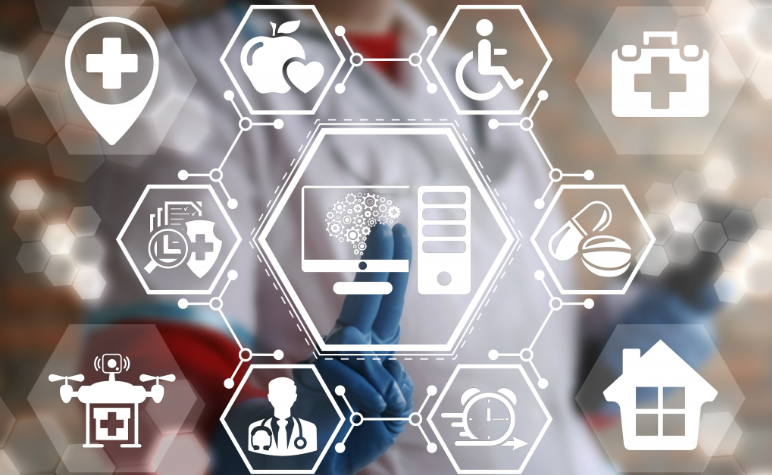Lightbeam is positioned to expand your ability to deliver care in an efficient way using artificial intelligence (AI) insights. In my most recent blog post, I shared what AI is and the use cases for it within the population health management realm. Many companies are beginning to integrate machine learning and deep learning into their offerings and I want to better explain the technology, so you can differentiate product offerings.
We live in a data-driven analytic world where providers are trying to figure out the most efficient ways to solve problems and improve care. Artificial intelligence tries to solve problems using advanced understanding, learning, and reasoning. Within the term artificial intelligence there are subsets. Below I have attempted to define two popular subsets of AI.
Machine Learning
Machine learning is a subset of artificial intelligence that ultimately eliminates the need to hand-code/teach every step of code-based decision making. The machine learning technology is made up of many algorithms that are given data, learn from the data, and then implement the newly learned knowledge in problem solving. In healthcare, when machine learning algorithms are applied to patient data, they are able to discover patterns and generate insights. The technology does not need to be programmed for every single possible action in order to make predictions and make future decisions, making it much more efficient.
Deep Learning
Deep learning is a subset of machine learning and has been made possible very recently through technological and academic discoveries. Deep learning has an intricate architecture that mimics neural networks of the human brain, called deep neural networks, in order to make sense of patterns, missing details, and other sources of confusion. The deep neural networks are able to learn and think as much like humans as possible with the goal of emulating the human brain’s unique ability to consume data and generate an insight from it. When a physician is reviewing a patient’s chart they are making thousands of decisions based on patterns reinforced over a long career of healthcare. Deep learning is trying to mimic many of these decisions in a methodical way.
Deep learning technology works by analyzing data where we already know the expected outcome. As the data iterates, it begins to reinforce patterns that confirm the expected outcome and as new patterns emerge it will take the path with the highest probability to the outcome and reinforce that path throughout the entire data set. The technology then is able to pinpoint the causes in new data that lead to the end result. For example, if a car manufacturer wanted to know when 1,000 cars will break down, they would first feed the deep learning engine with data from 100 separate cars that have already broken down – the computer can now pinpoint the causes that led to these cars breaking down, thus forming deep neural networks.
Much in this same way, when Lightbeam AI determines patients who will become diabetic in the near future, one of the primary precursors it identifies the presence of hypertension. From a clinical standpoint, of course, we know that hypertension comes before diabetes. However, this rule was not programmed by a clinician, or even a human being, but rather an artificial neural network looking at a massive amount of data. While hypertension as a highly weighted factor may not surprise you at all, a human brain would likely not identify some of the other 3,063 potential data elements which form patterns seeming to historically contribute to an eventual diabetes diagnosis.
The Difference
Deep learning is much more complex and intricate than machine learning, due to the many layers of deep neural networks that are created to mimic the human decision-making process. While machine learning is able to create algorithms and weave neural networks, it lacks the compartmentalization and probability during decision making that deep learning is able to do.

Mike Hoxter, Lightbeam’s Chief Technology Officer
